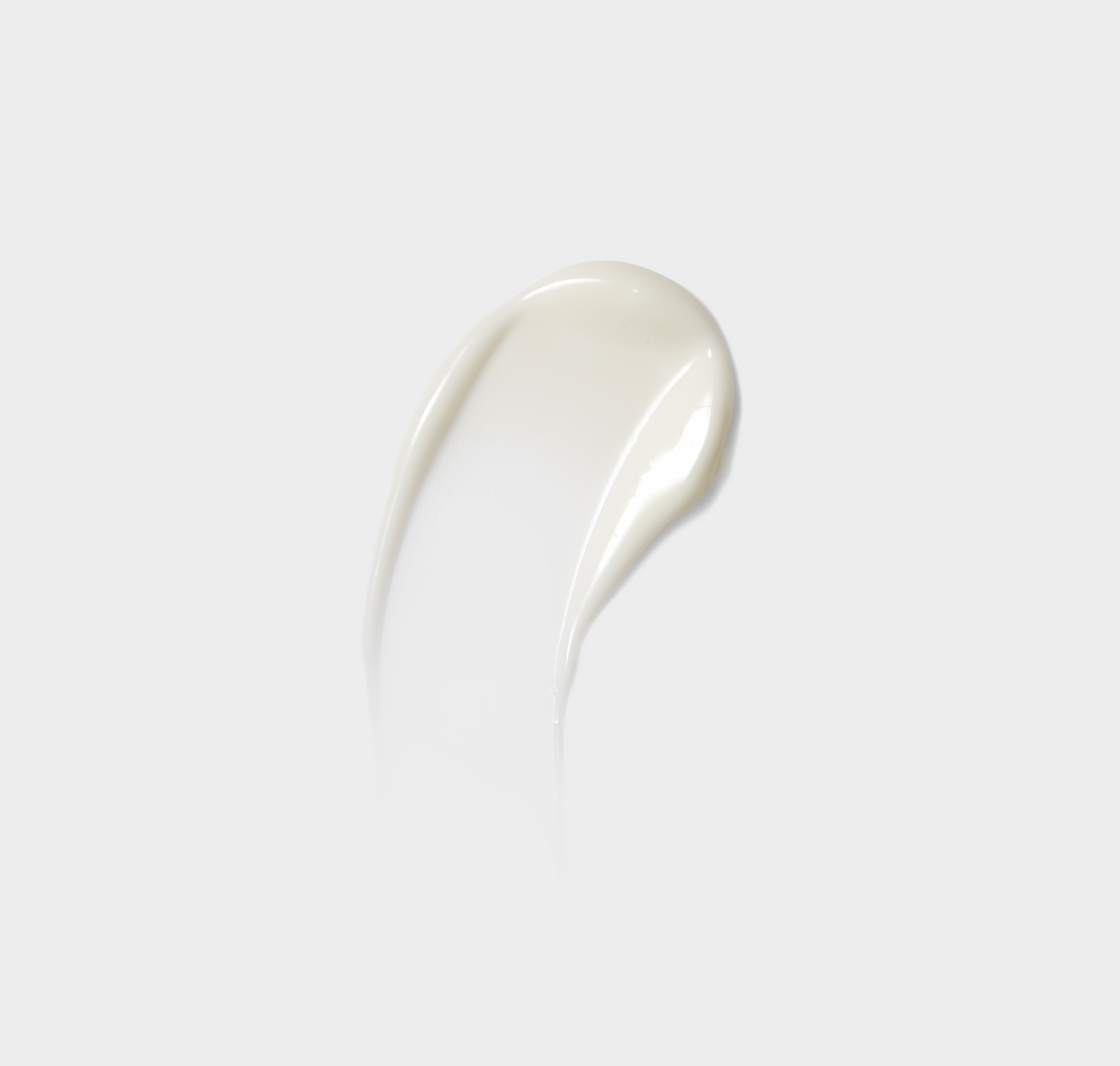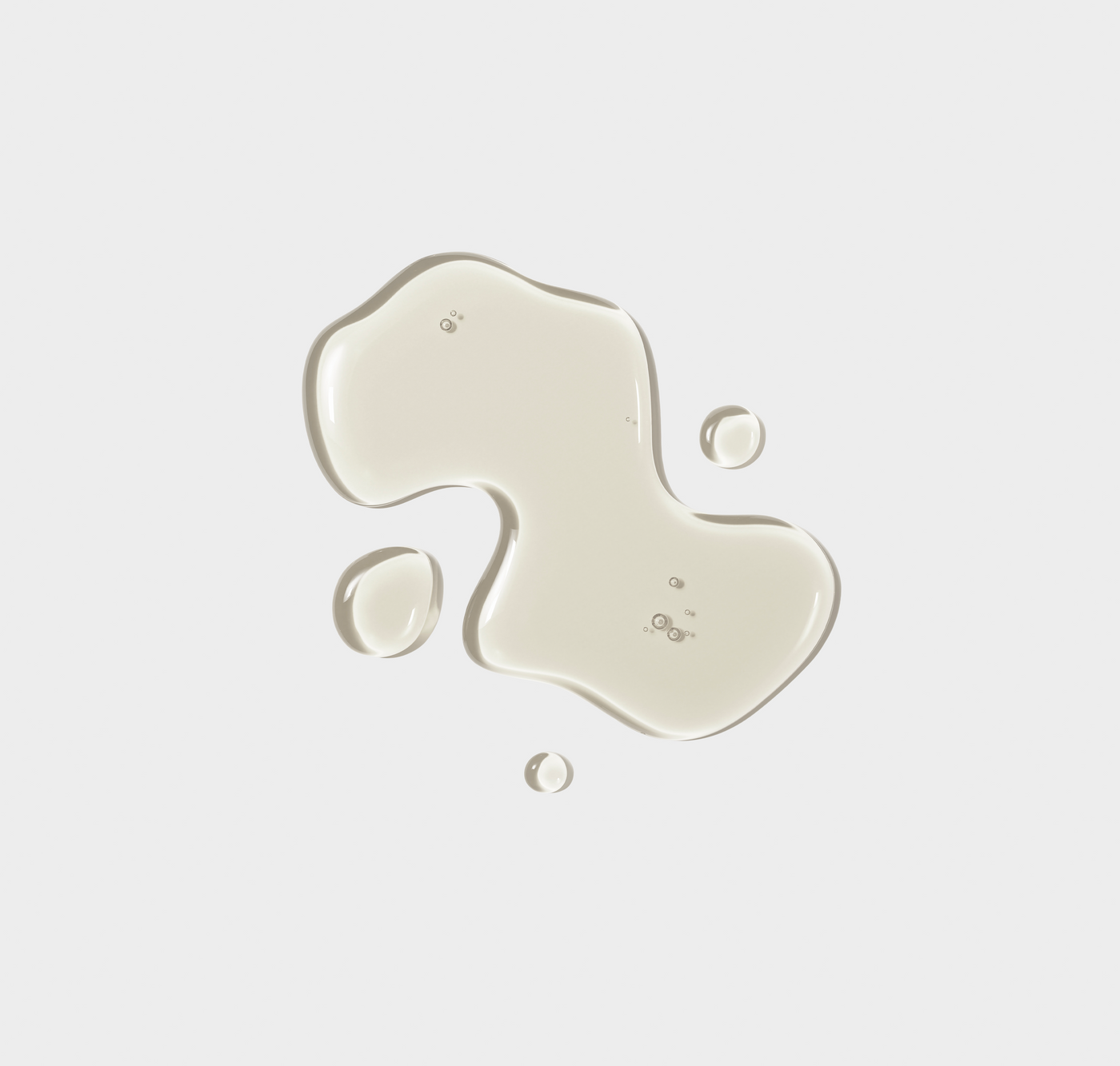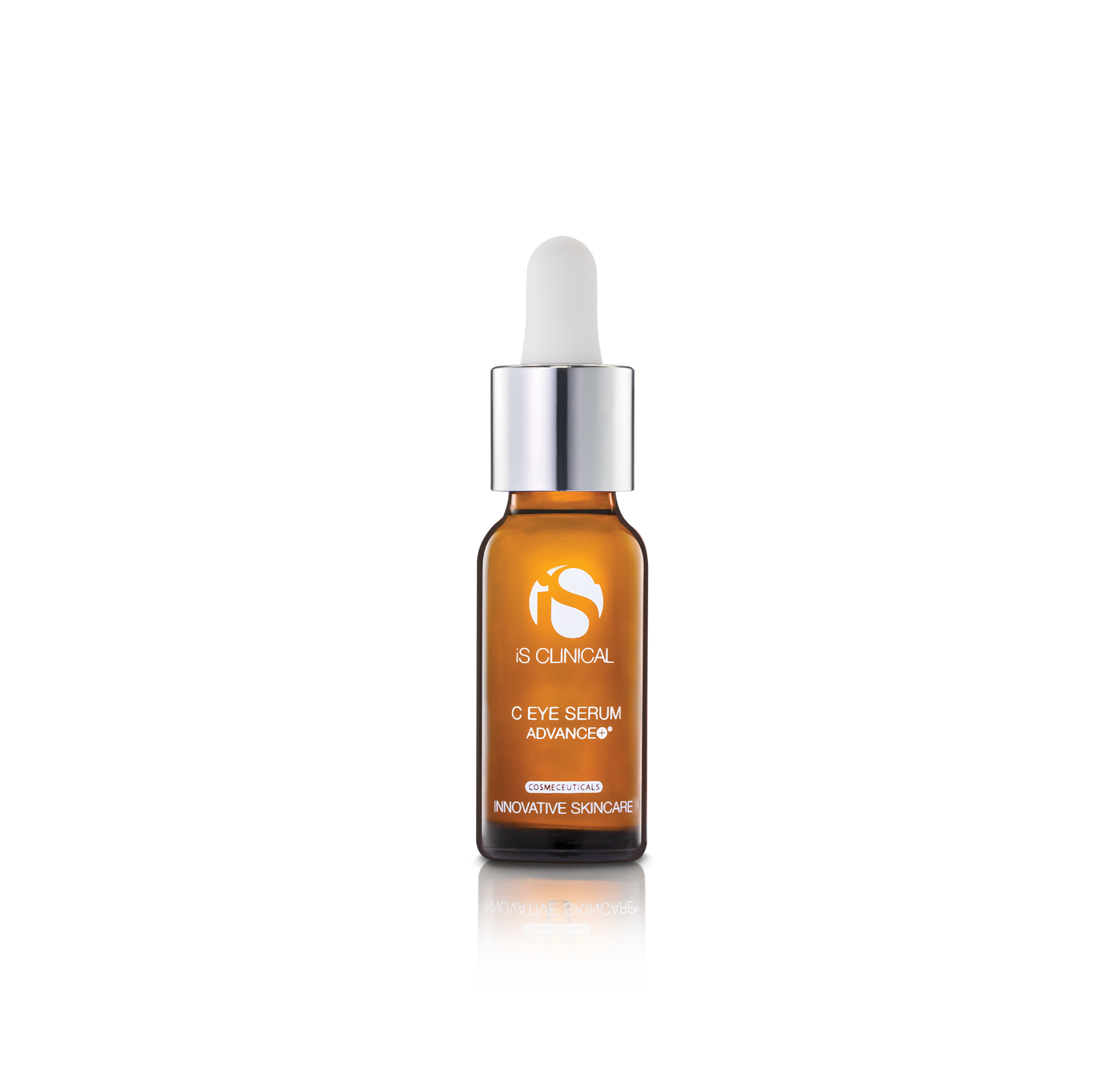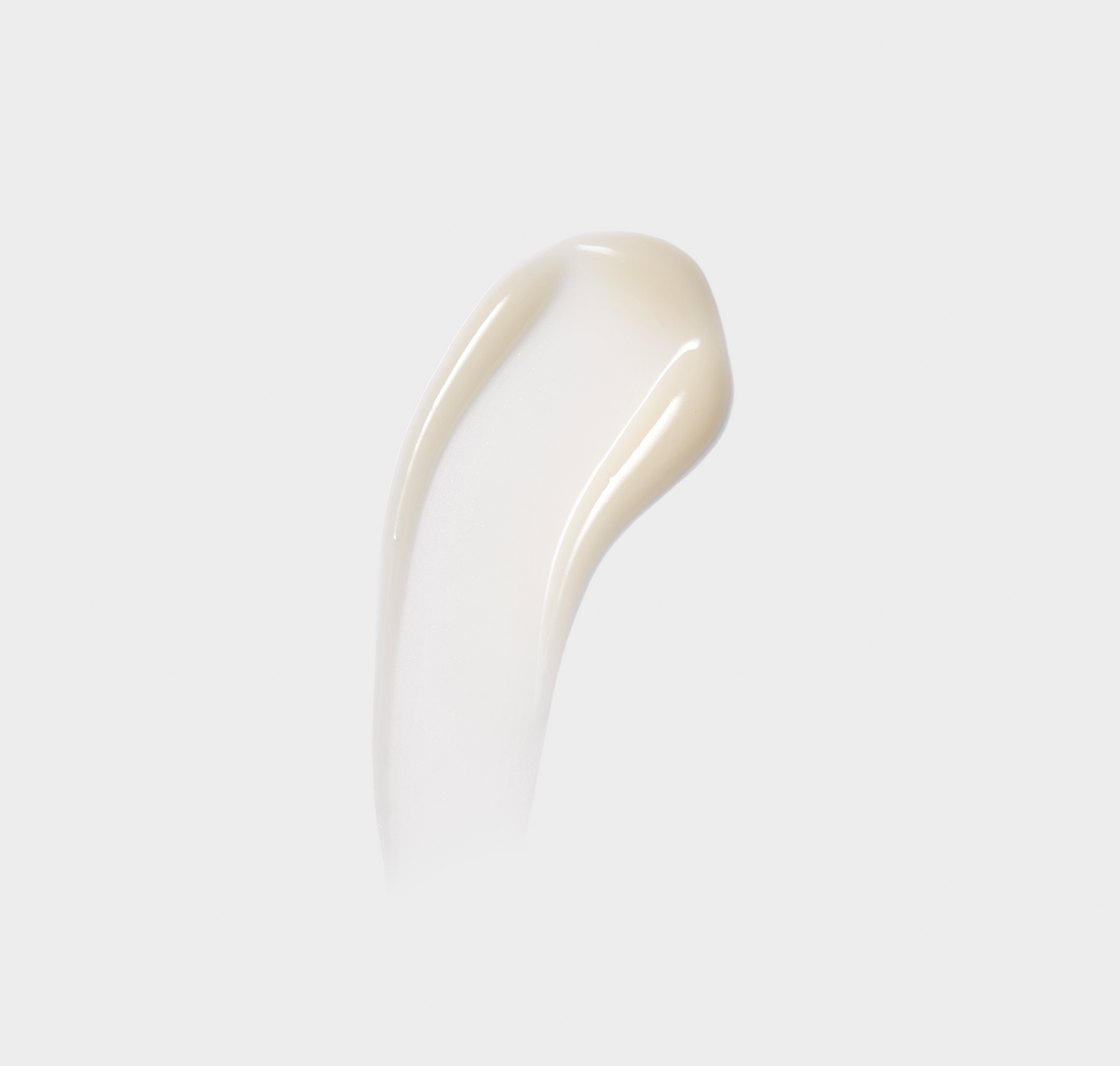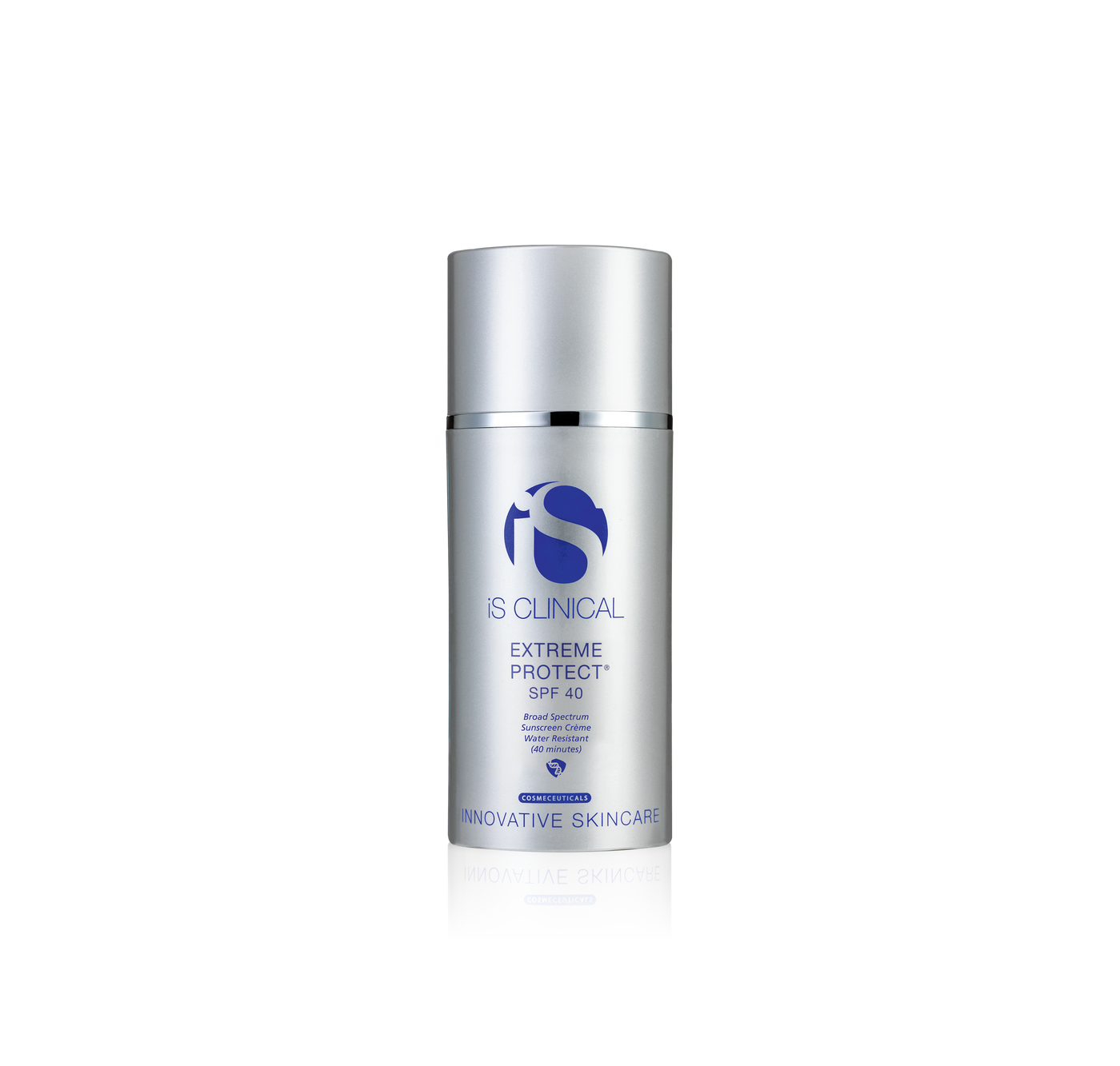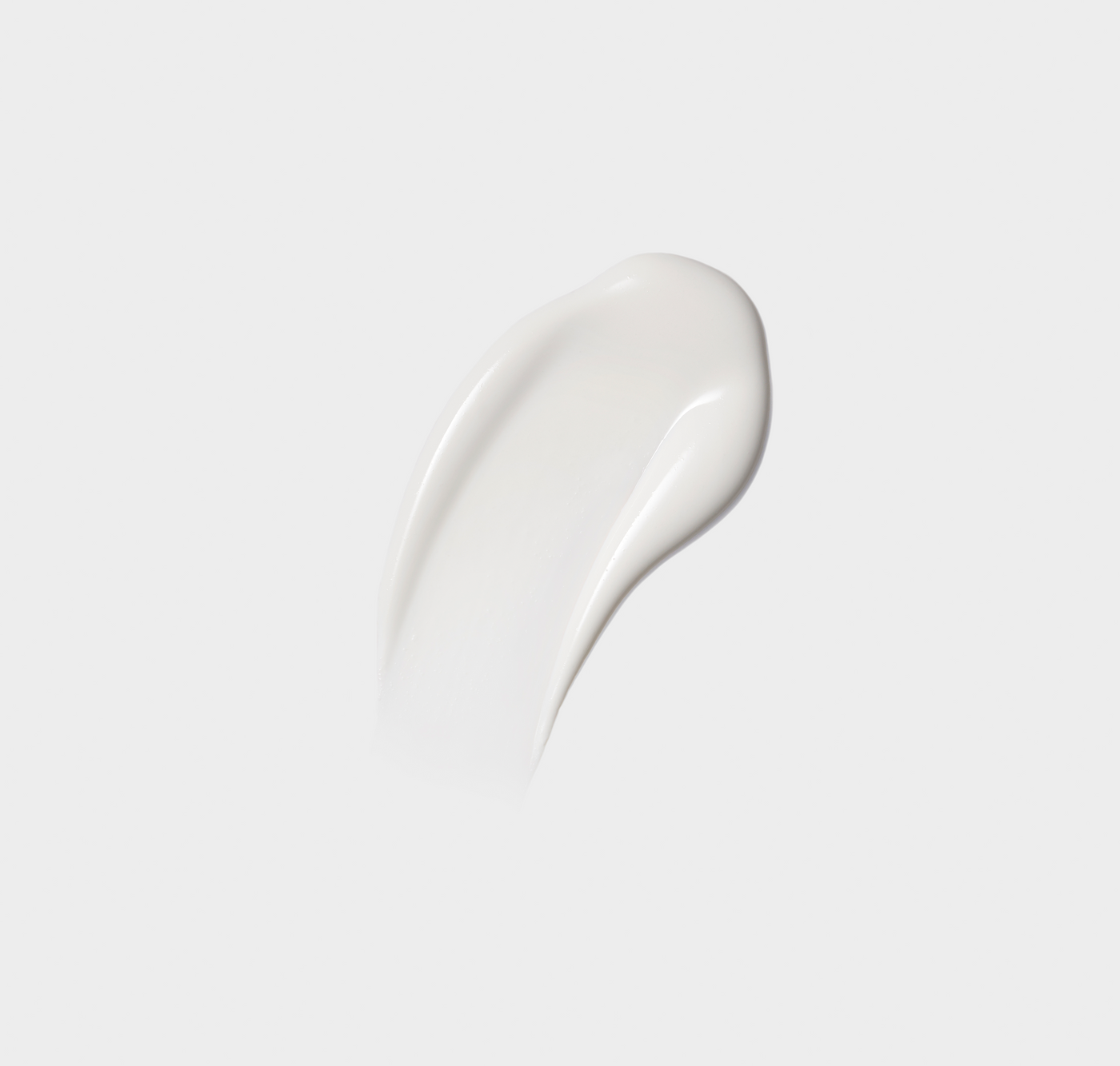-

 Award Winner
Award WinnerSuper Serum Advance+
Regular price $165.00Regular priceUnit price perTreat
Super Serum Advance+
RESTORATIVE, SUPER ANTIOXIDANT, REPARATIVE
Regular price $165.00Regular priceUnit price per -

 Best Seller
Best SellerActive Serum
Regular price $148.00Regular priceUnit price perTreat
Active Serum
AGE-DEFYING, CLEARING, BRIGHTENING
Regular price $148.00Regular priceUnit price per -
Treat
Youth Intensive Crème
AGE-DEFYING, HYDRATING, FIRMING
Regular price $246.00Regular priceUnit price per -
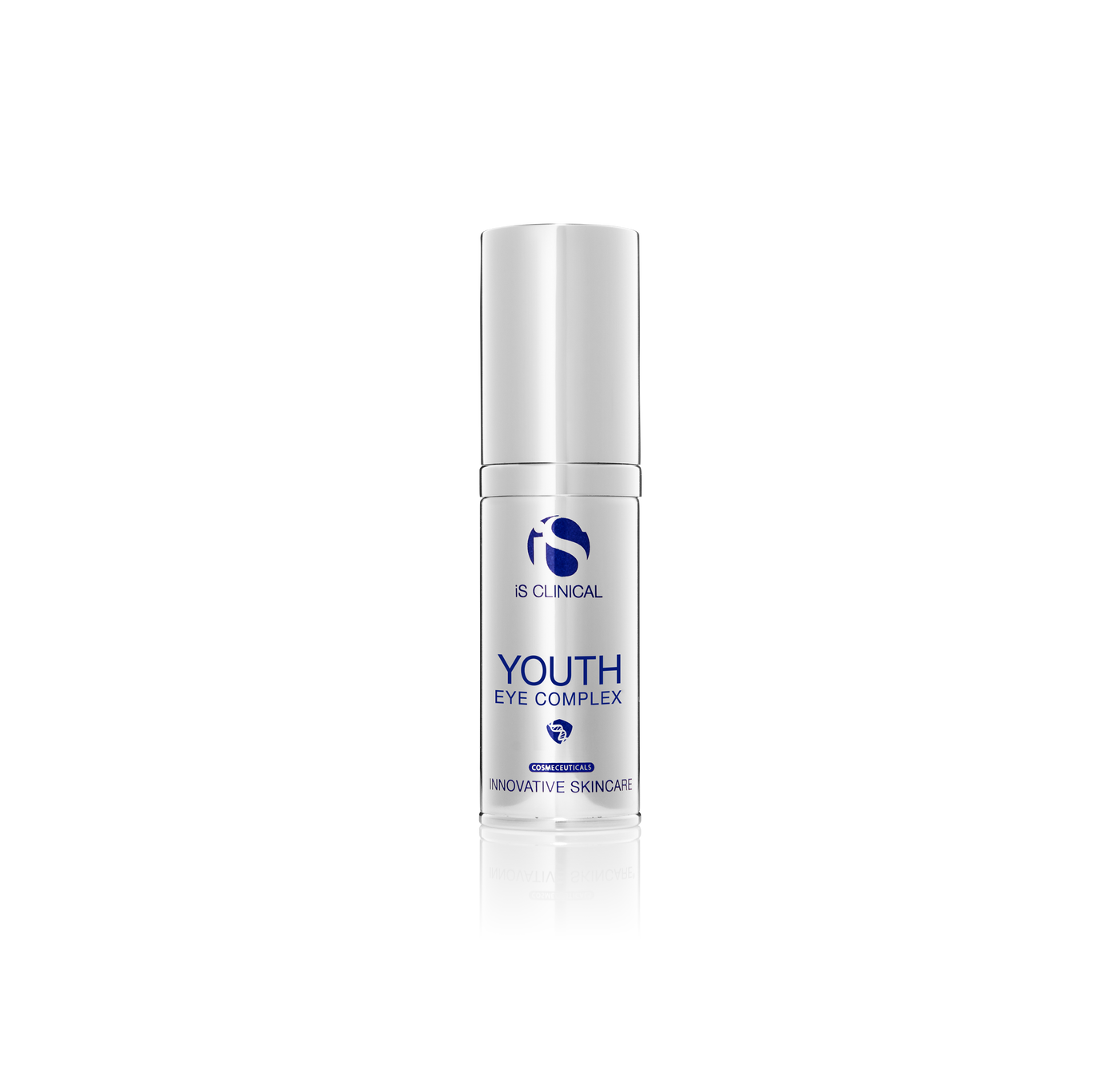
 Best Seller
Best SellerYouth Eye Complex
Regular price $120.00Regular priceUnit price perTreat
Youth Eye Complex
SMOOTHING, HYDRATING, ILLUMINATING
Regular price $120.00Regular priceUnit price per -
Treat
Youth Complex
TONING, AGE-DEFYING, TIGHTENING
Regular price $166.00Regular priceUnit price per -
Treat
Brightening Complex
SAFE BRIGHTENING, HYDRATING, ANTIOXIDANT
Regular price $159.00Regular priceUnit price per -
Treat
GeneXC Serum
PROTECTIVE, RESTORATIVE, AGE-DEFYING
Regular price $178.00Regular priceUnit price per -
Treat
Youth Serum
TIGHTENING, SMOOTHING, RESTORATIVE
Regular price $166.00Regular priceUnit price per -

 Award Winner
Award Winner

Retinol+ Emulsion 0.3
Regular price $110.00Regular priceUnit price perTreat
Retinol+ Emulsion 0.3
AGE-DEFYING, SMOOTHING, BRIGHTENING
Regular price $110.00Regular priceUnit price per -
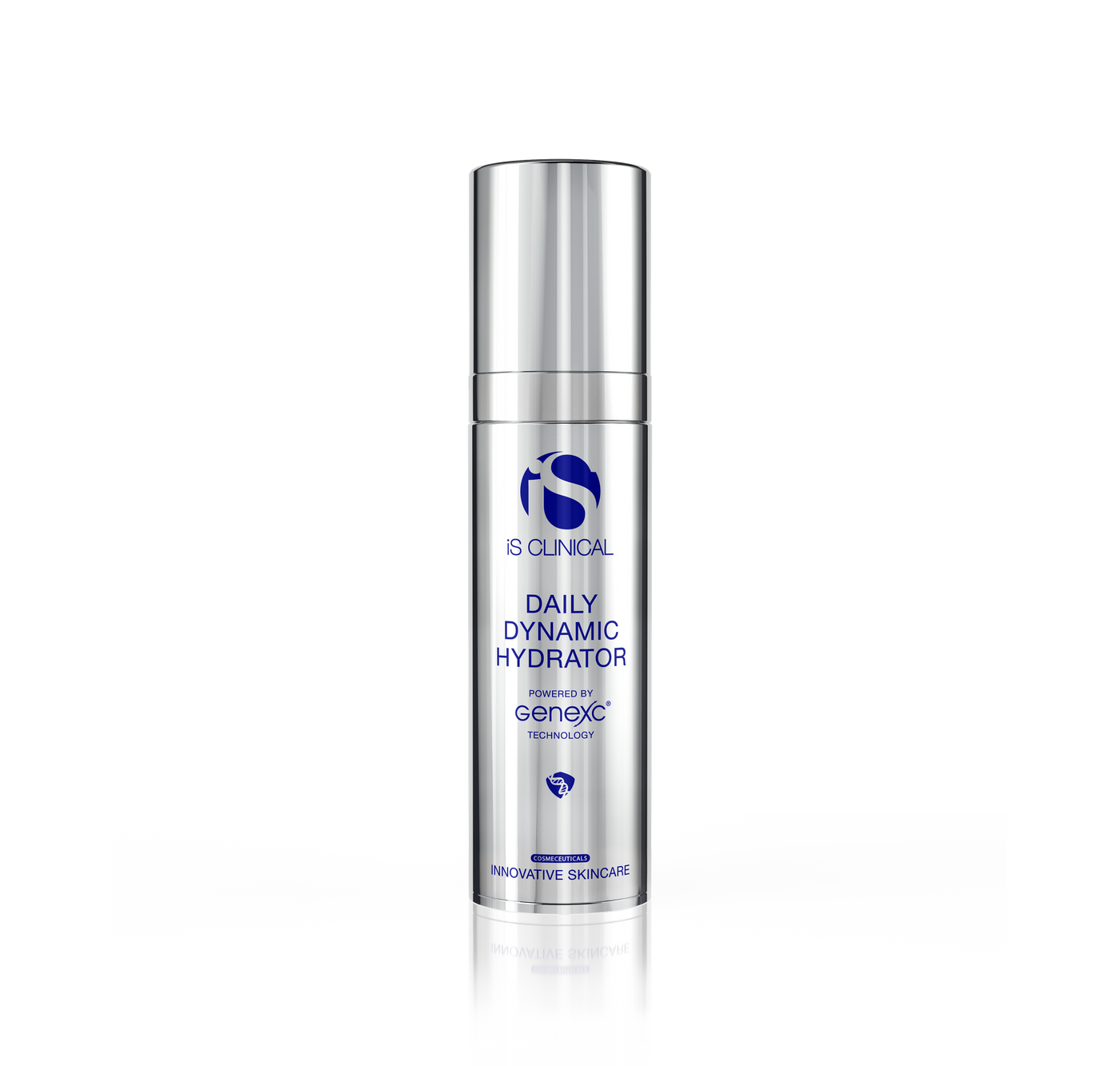
 New
NewDaily Dynamic Hydrator
Regular price $135.00Regular priceUnit price perHydrate
Daily Dynamic Hydrator
HYDRATING, DEFENDING, RENEWING
Regular price $135.00Regular priceUnit price per -

 Award Winner
Award Winner
Cleansing Complex
Regular price $49.00Regular priceUnit price perCleanse
Cleansing Complex
RESURFACING, CLEARING, DEEP-CLEANSING
Regular price $49.00Regular priceUnit price per -
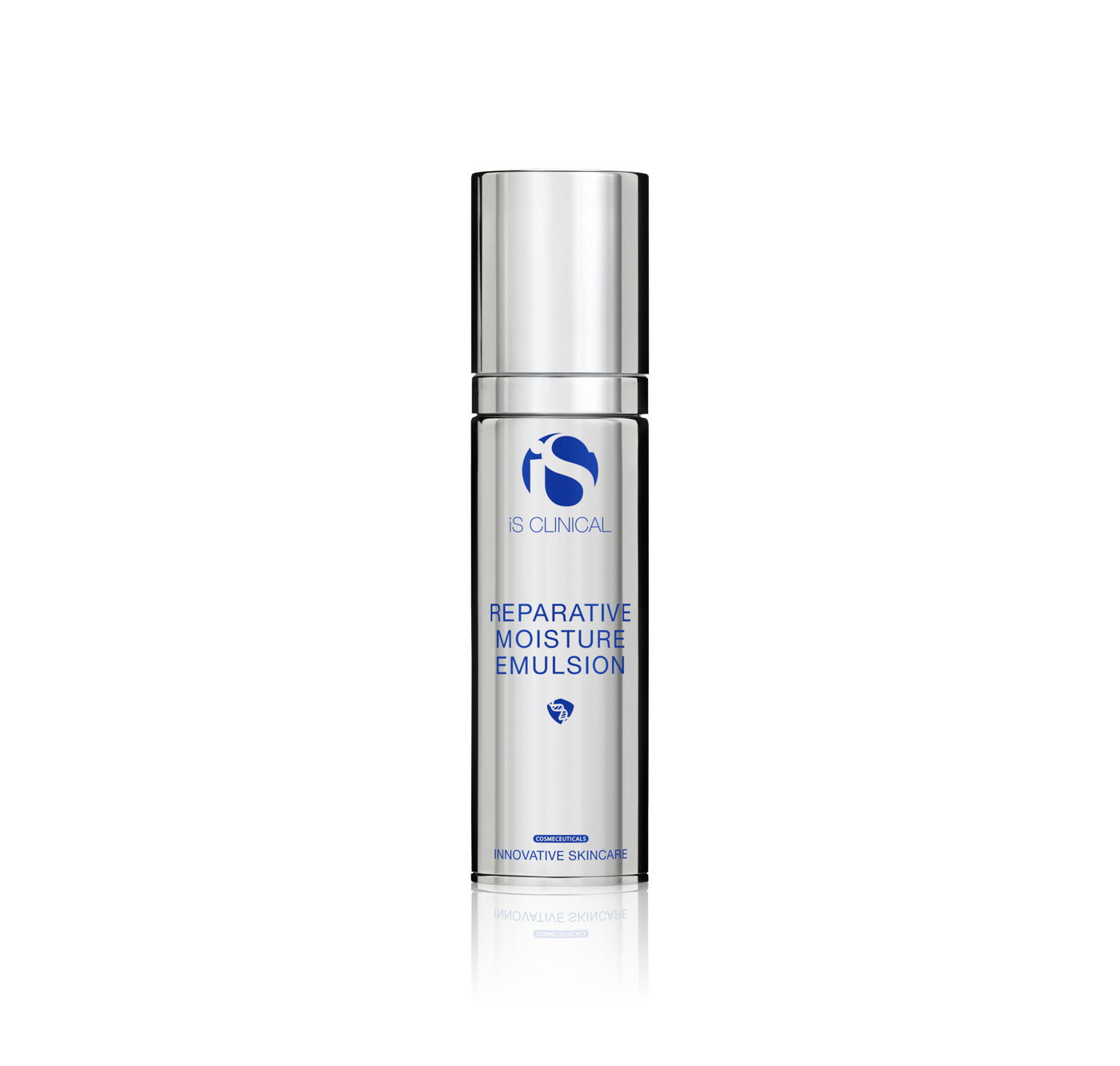
 Best Seller
Best SellerReparative Moisture Emulsion
Regular price $110.00Regular priceUnit price perHydrate
Reparative Moisture Emulsion
RESTORING, HYDRATING, SMOOTHING
Regular price $110.00Regular priceUnit price per -
Treat
C Eye Serum Advance+
REVITALIZING, HYDRATING, AGE-DEFYING
Regular price $71.00Regular priceUnit price per -
Treat
Firming Complex
AGE-DEFYING, FIRMING, REFINING
Regular price $144.00Regular priceUnit price per -

 Best Seller
Best SellerExtreme Protect SPF 30
Regular price $84.00Regular priceUnit price perProtect
Extreme Protect SPF 30
HYDRATING, RESTORATIVE, UVA/UVB PROTECTION
Regular price $84.00Regular priceUnit price per -
Protect
Extreme Protect SPF 40
ULTRA SHEER, BROAD SPECTRUM, SPF 50+
Regular price $89.00Regular priceUnit price per
Menu
Search
- Choosing a selection results in a full page refresh.









